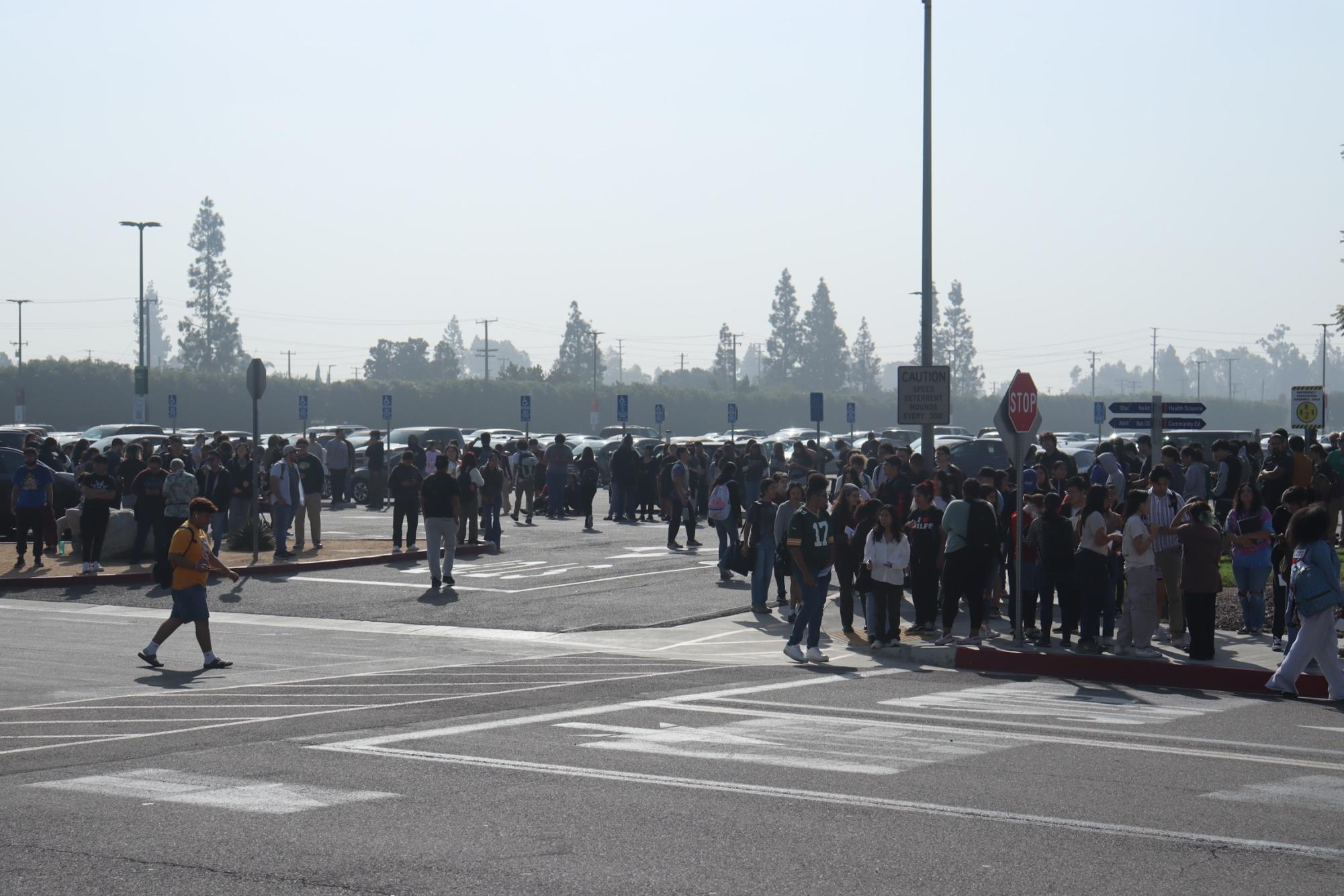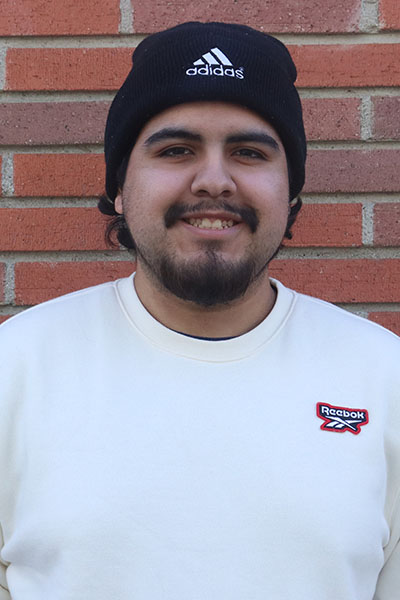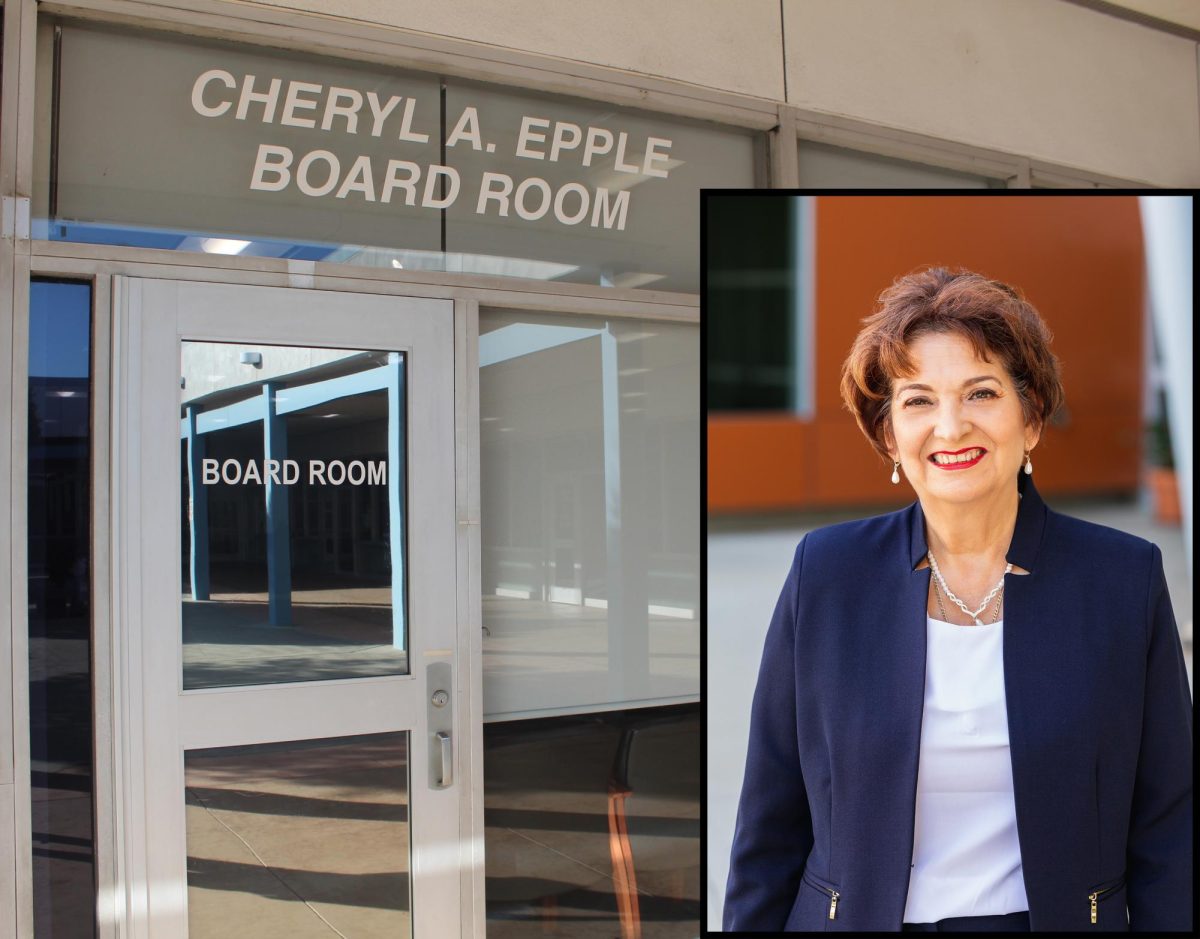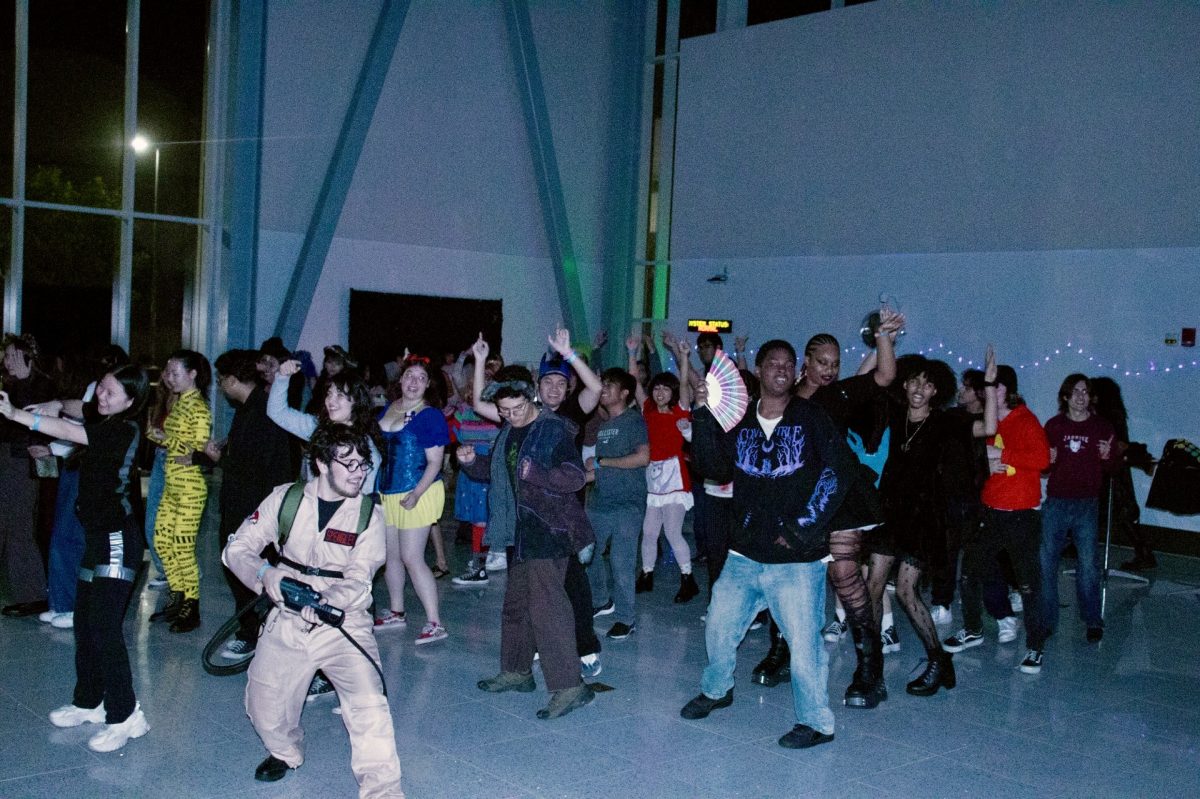Cerritos College students and faculty participated in the Great ShakeOut on Oct. 19 at 10:19 a.m.
Every year on Oct. 19 California holds the Great ShakeOut everyone, so people know what to do if there is a strong earthquake.
Since its creation in 2008, the ShakeOut continues to educate people on the severity of earthquakes and how to react to them.
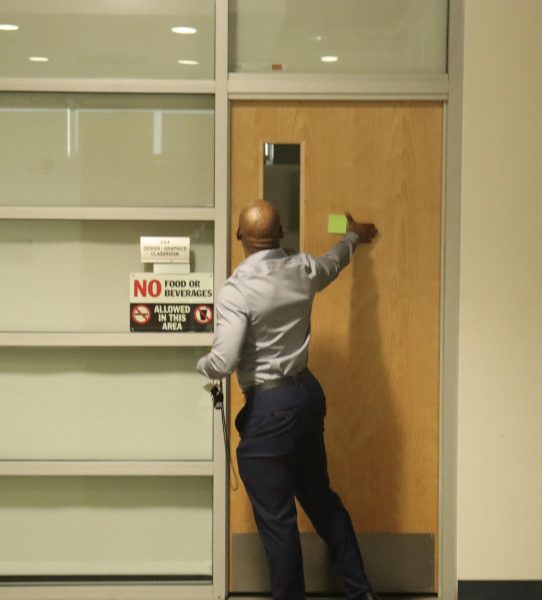
At Cerritos College, once the clock turned 10:19 a.m. the alarms and speakers went off alerting students to drop, cover and hold on, simulating what would happen if there was a severe earthquake.
Speakers and alarms blared for a few minutes repeating over again that it was just a drill and that students were to evacuate to the nearest parking lot.
Students and faculty calmly began to exit the buildings and headed towards the nearest parking lot.
Elevators had a seal over them making them out of order as soon as the ShakeOut started, which signaled students and faculty to take the stairs.
In a matter of minutes, the buildings and halls of the campus were empty, but the parking lots were engulfed with students rather quickly.
Faculty made sure students were all out of the buildings by doing a headcount of their class to ensure everyone was safe.
Inside the buildings, faculty members were marking off the rooms one by one that was checked and deemed to be clear of any students or faculty.
Superintendent and President of Cerritos College Dr. Jose Fierro weighed in on the Great ShakeOut and why he thinks it is important for students to take the drill seriously and not just brush it off.
“It is very important for the great shake out to be taken seriously. The reality is that we live, work, and go to school in an area where the probability of a large earthquake occurring within the next 30 years is high (60% for an earthquake measuring magnitude of 6.7 according to the United States Geological Survey),” Fierro said.
“With this probability, it is important to ensure our campus and our community are prepared if an earthquake occurs.”
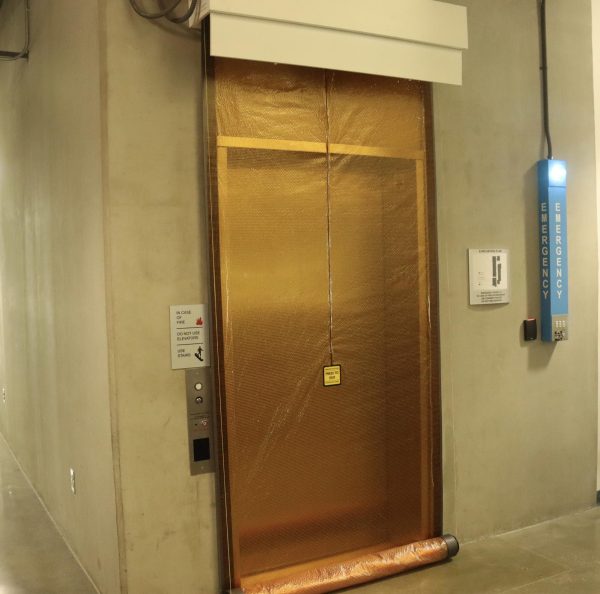
Jaleyn Mendoza, undecided, explained how he thought these types of drills are important not just in California but in areas that experience a high frequency of earthquakes as well.
“Yeah, I really feel like a lot of people now don’t take them seriously, but an earthquake can happen at any time,” Mendoza said, “People tend to panic when a quake hits and it’s not just in California but in other places that have a lot of quakes.”
Dr. Fierro, like Mendoza, iterated the importance of potentially implementing a system like this in other parts of the world that experience a lot of earthquakes like California does.
“I think there are tremendous benefits to implementing an excellent shake-out system in other areas. Practicing safety procedures, investing in earthquake-resistant infrastructure, maintaining emergency supplies and creating workplace and regional plans for emergency response are all vital parts of helping protect our community.”
“We have seen the death and destruction across the world from recent earthquakes. Programs like the Great Shake out have a tremendous positive impact on our communities and the potential to save millions of lives across the globe,” Fierro said.
Time passed and the ShakeOut had concluded allowing students and faculty to return to what they were doing before the ShakeOut began.
Over 10 million people all over California were slated to participate in the Great ShakeOut this year to continue the awareness of what to do during an earthquake.



